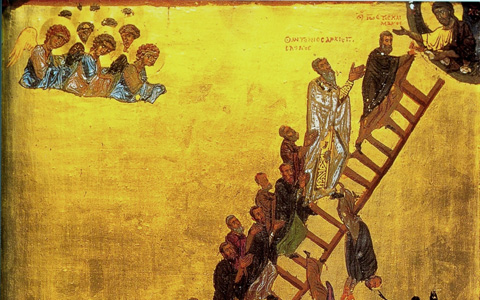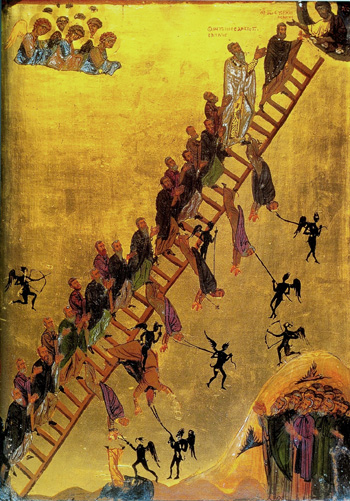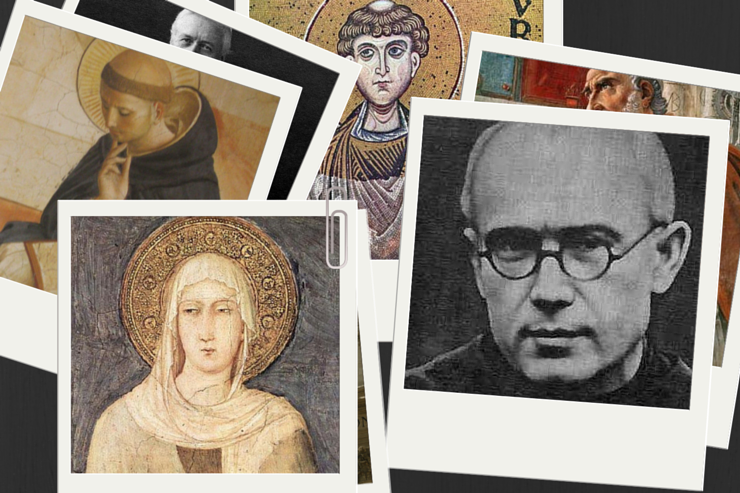There is a troubling phenomenon noted by several doctors of the Church regarding the common waning of spiritual development after a period of progress. It often happens after a fervent soul makes notable gains against habitual mortal and then venial sin. It can also happen on the back side of any virtue based victory. The soul becomes satisfied with itself and then reaches for the cruise control button to relax at a pace that seems “reasonable.” Usually this “reasonable” pace is an easy one and though, at first glance, it is perceived as a continued commitment to progress, it may mark the beginning of a fall.
The first problem with this perspective is that there is no such state as one that can be illustrated by the use of a kind of spiritual cruise control. Further complicating matters is that the instinct that a safe cruise control state actually exists is a strong one. Instead, this unfortunate and often unconscious belief is based on a lack of understanding of the teachings of the saints on the two trajectories of the interior life.
The truth is that there are only two trajectories in the spiritual life; we are either headed for heaven or hell. The only way to have any inclination of our actual trajectory is through clear signs of growth and progress (or the lack thereof).
This important insight is illustrated by this 12th century icon called the Ladder of Divine Ascent. Its home is in St. Catherine’s Monastery on Mount Sinai in Egypt.
In this icon we have Christ in the upper right hand corner receiving pilgrims into heaven. On the bottom, left of center, we have the mouth of hell open to those who abandon the ladder and chose the easy open-air path to destruction. One of the many reasons that this icon is so effective is that it makes very clear that there are only two trajectories. Each pilgrim is either moving up, or headed down.
The best antidote for the cruise control delusion is spiritual reading, particularly in the writings of spiritual doctors of the Church like Sts Catherine of Sienna, John of the Cross, Bernard of Clairvaux, Francis DeSales etc. Here’s an example of a specific antidote to this delusion in St. Teresa of Avila’s Interior Castles (fifth mansion chapter four):
“…let us always endeavor to go forward, and to fear exceedingly if we do not; for without doubt the devil wishes to entrap us, …because love is never idle; and therefore not to advance is a very bad sign…”
There is much wisdom in this simple admonition that is worth elaboration and reflection:
- We should commit to perpetually pursue spiritual progress toward heaven. This progress is marked by an ever deepening relationship with God in prayer, and increasing virtue.
- We should fear exceedingly if we ever find ourselves lacking in clear progress. This godly fear will lead us into corrective action and a rededication of effort.
- The enemy is seeking to entrap those who do make and keep this commitment – and even more so those who suffer under the delusion that they can relax in the quest for union with God.
- Love never rests until is fully engaged with its object – love never stops seeking to give itself to the other – in this case both God and his people.
- If we ever find ourselves, over any significant period of time, failing to realize progress in prayer, virtue, and love of God and neighbor, we should recognize this as a “very bad sign” and work with urgency to get back on a track of growth.
What is the trajectory of your soul?
PS: The latter half of my book Navigating the Interior Life will help you answer this question if you are not quite sure.
Dan Burke is the Executive Director of the National Catholic Register and author of Navigating the Interior Life – Spiritual Direction and the Journey to God.
If you liked this article, please share it with your friends and family using the Share and Recommend buttons below and via email. We value your comments and encourage you to leave your thoughts below. Thank you! – The Editors















